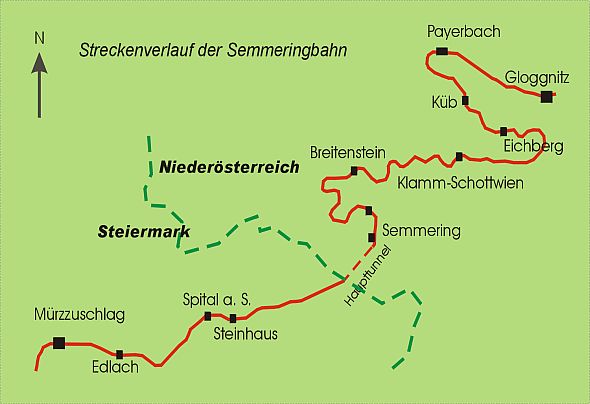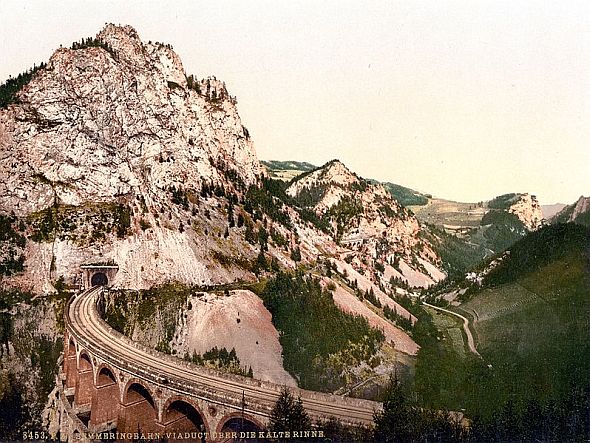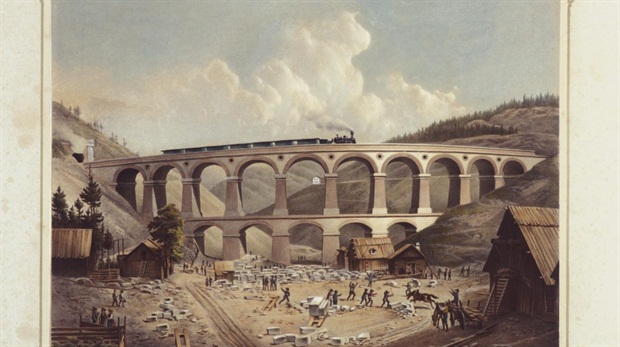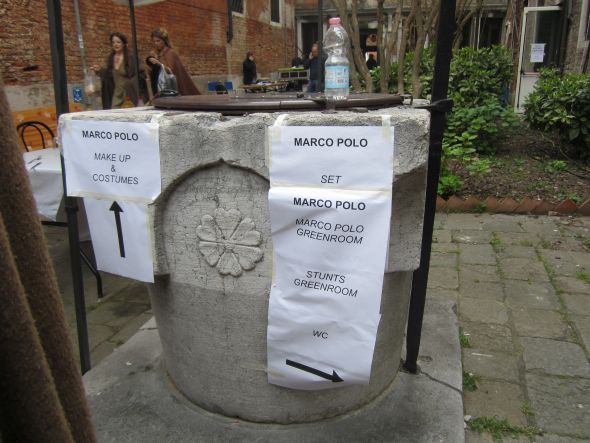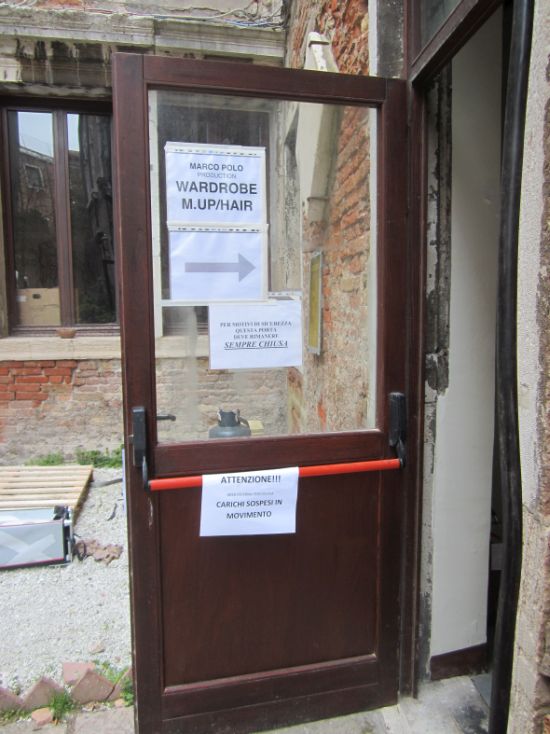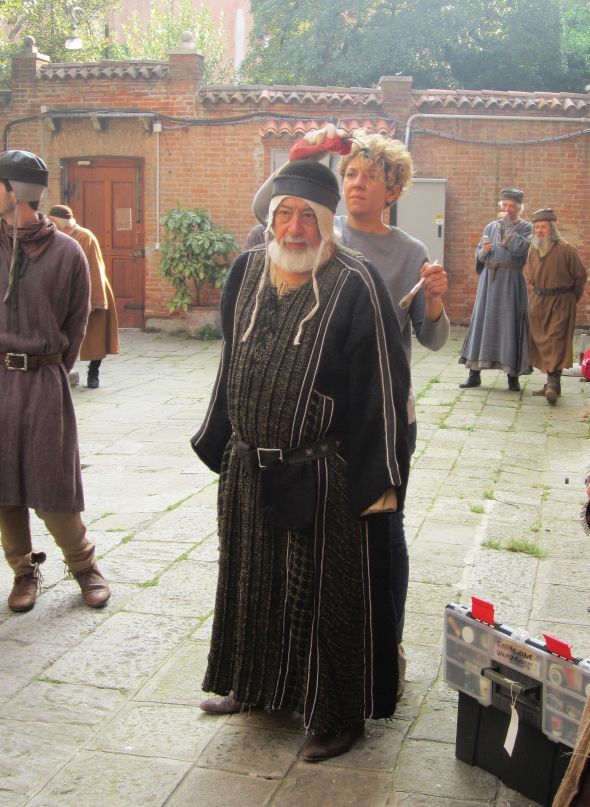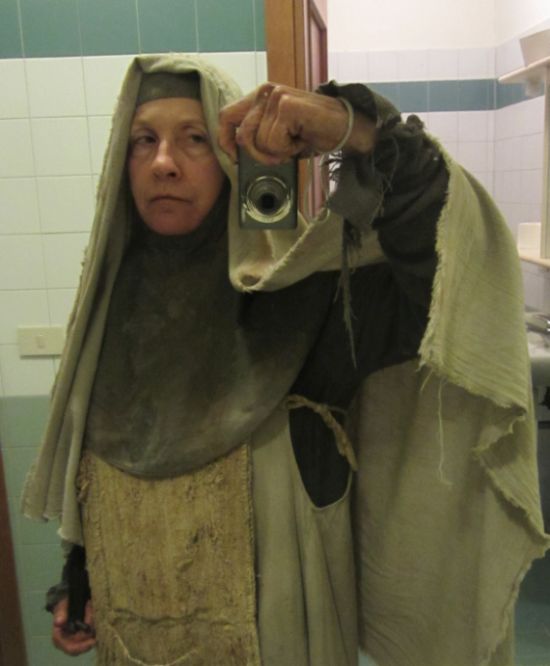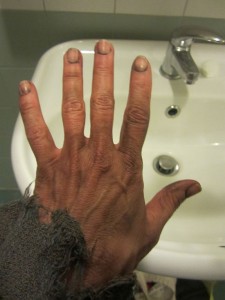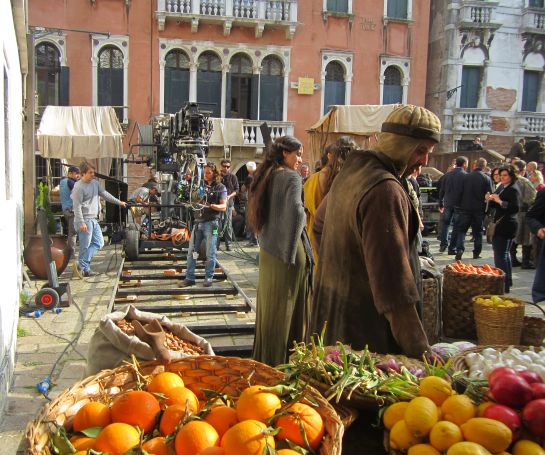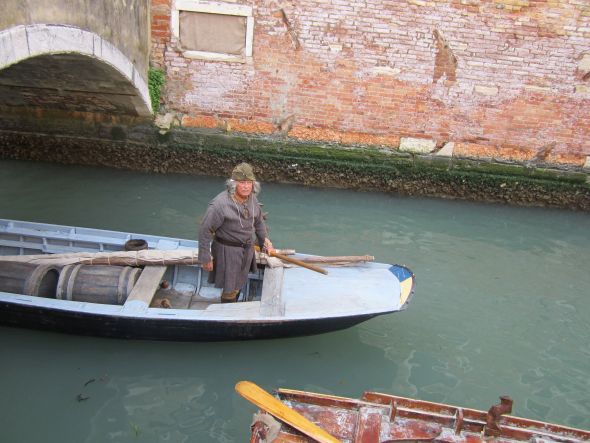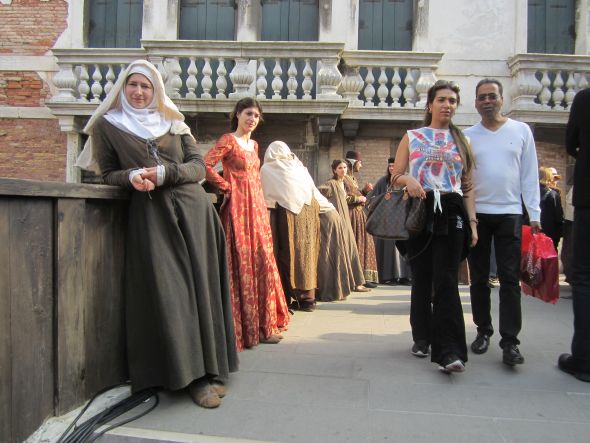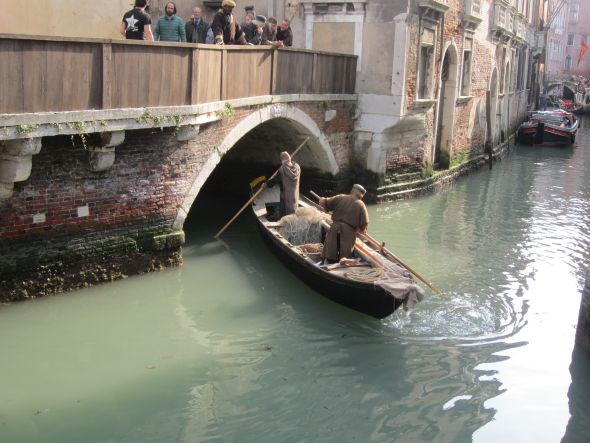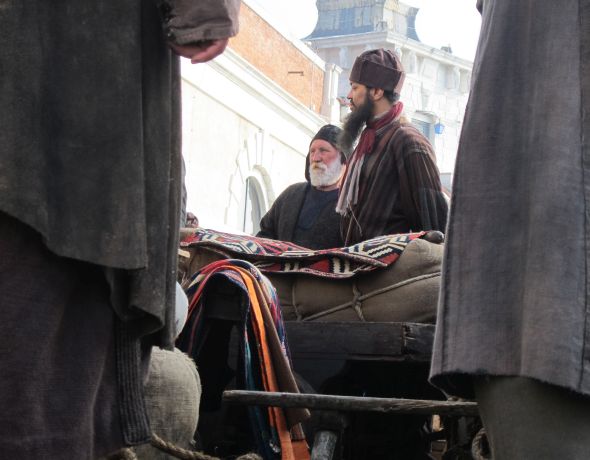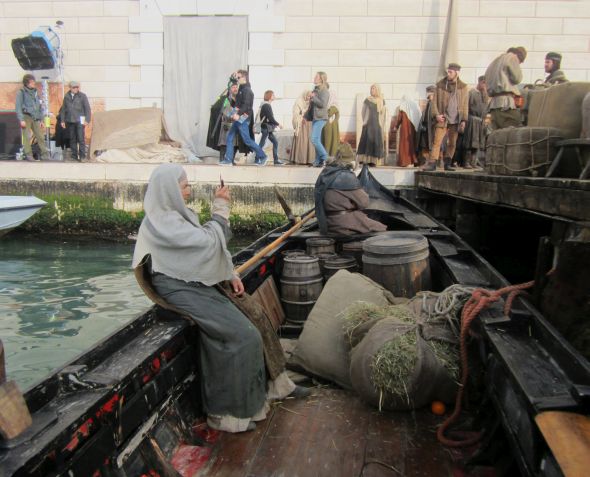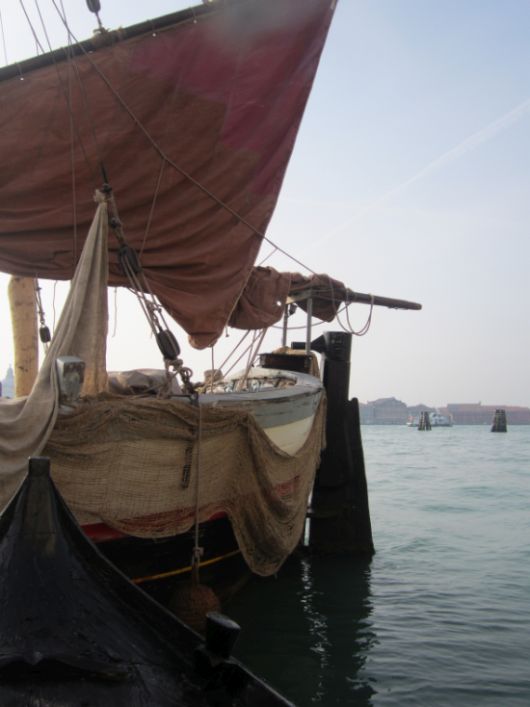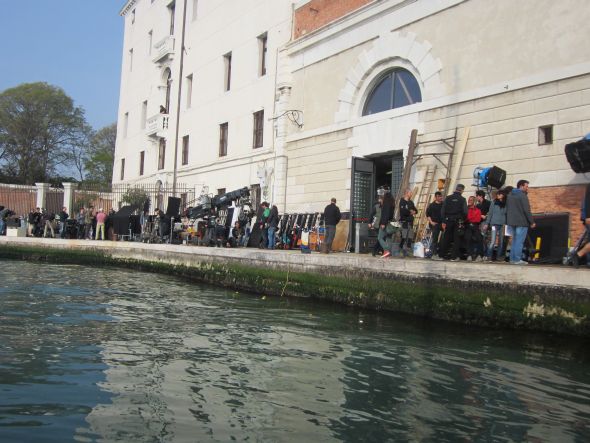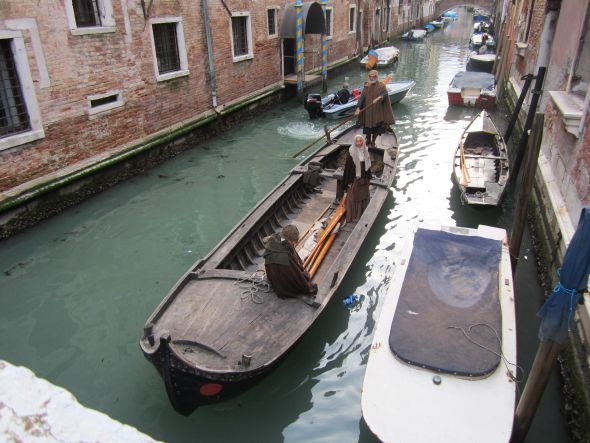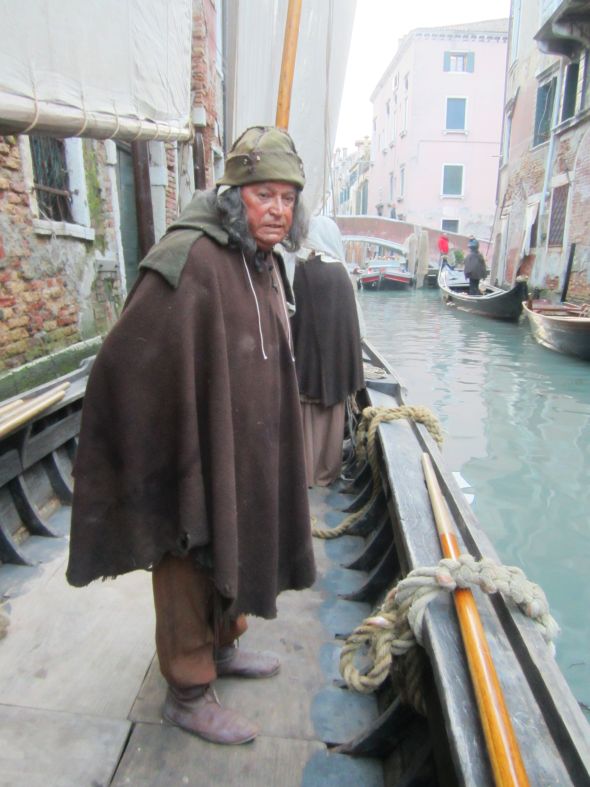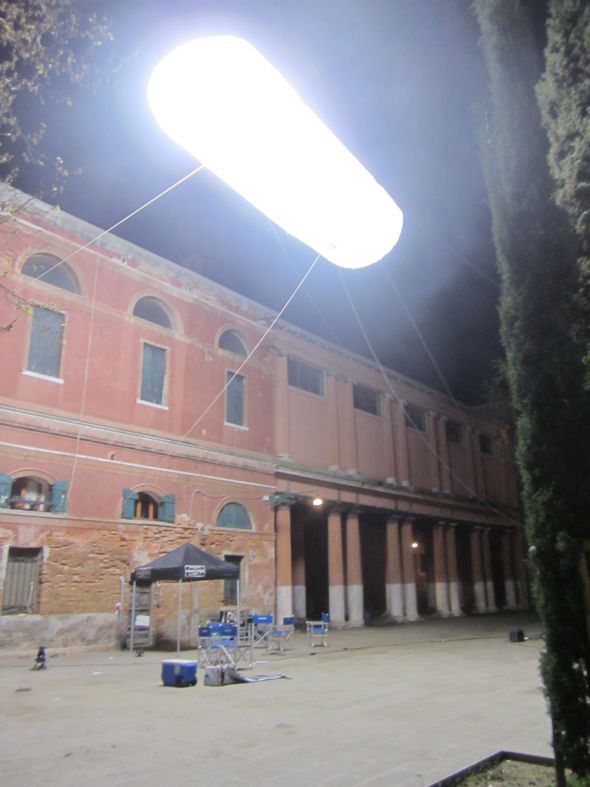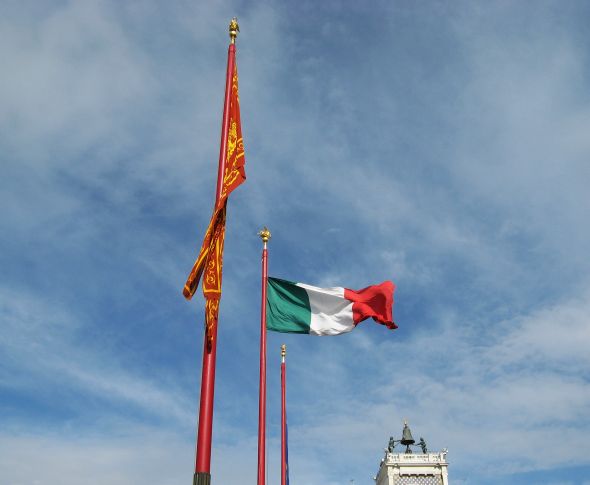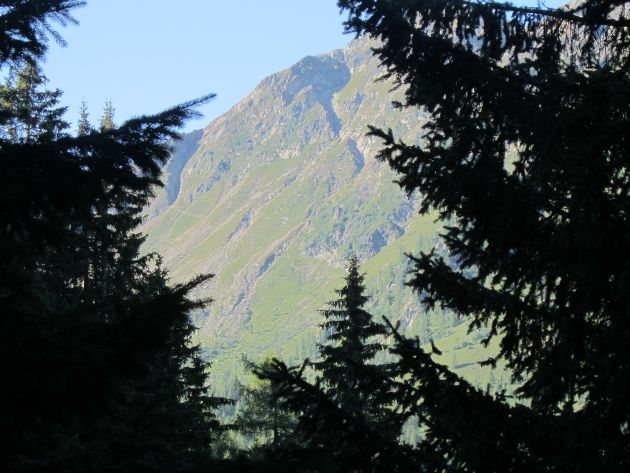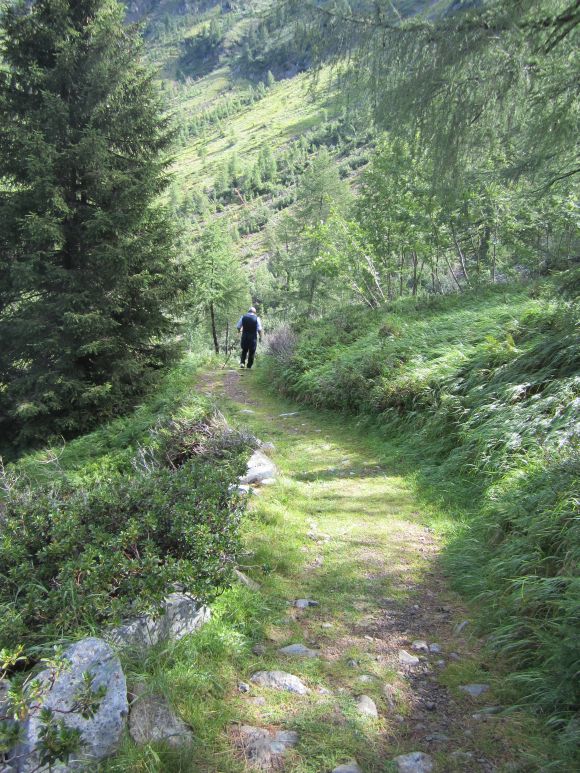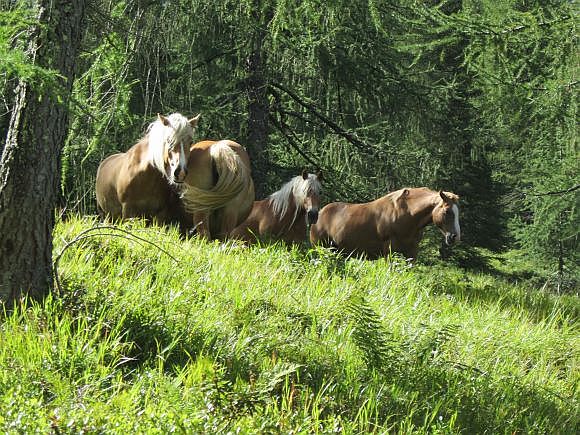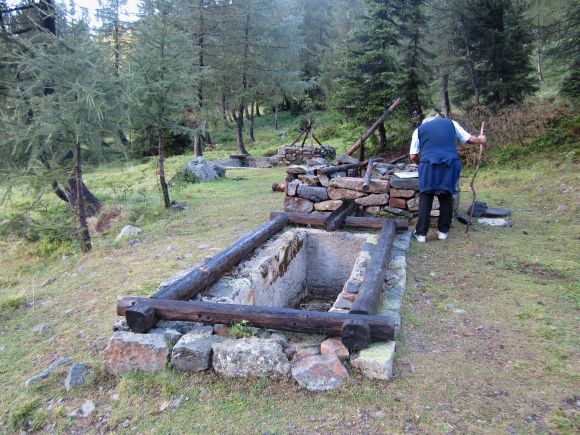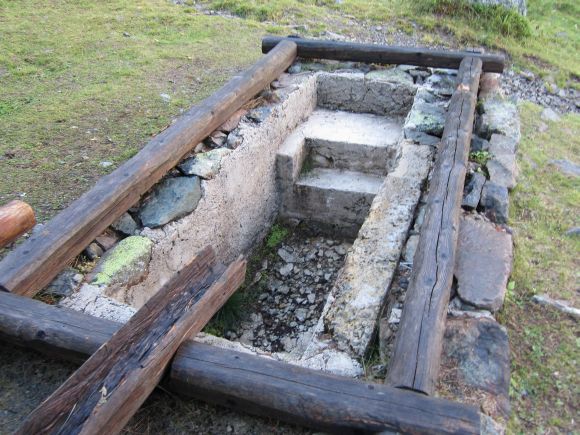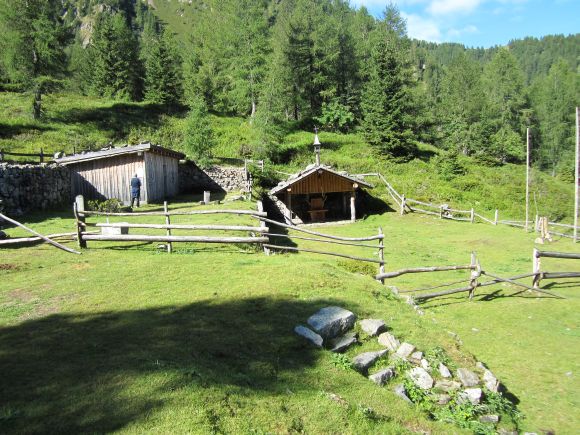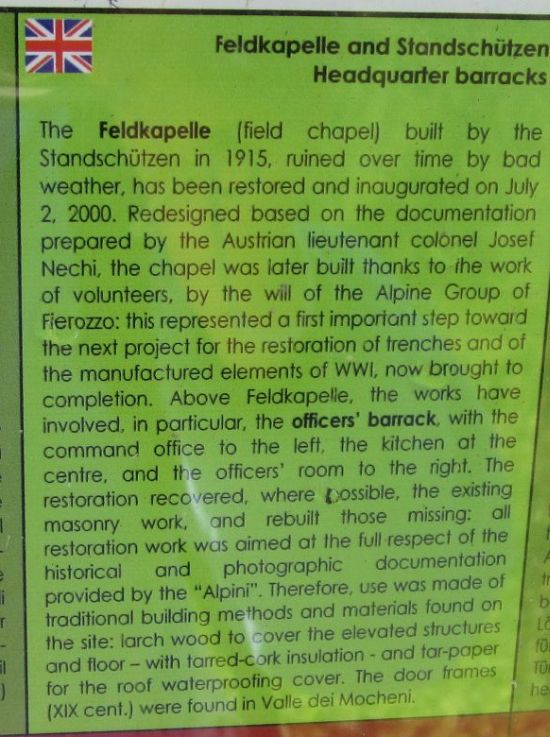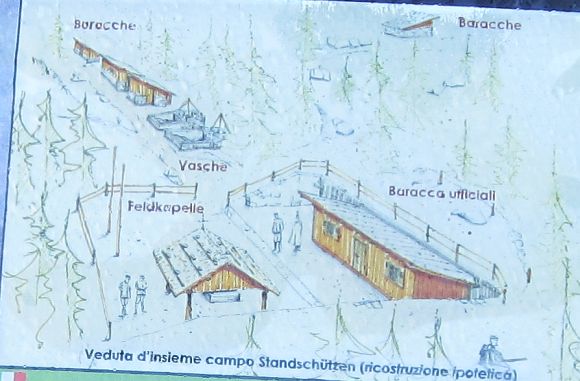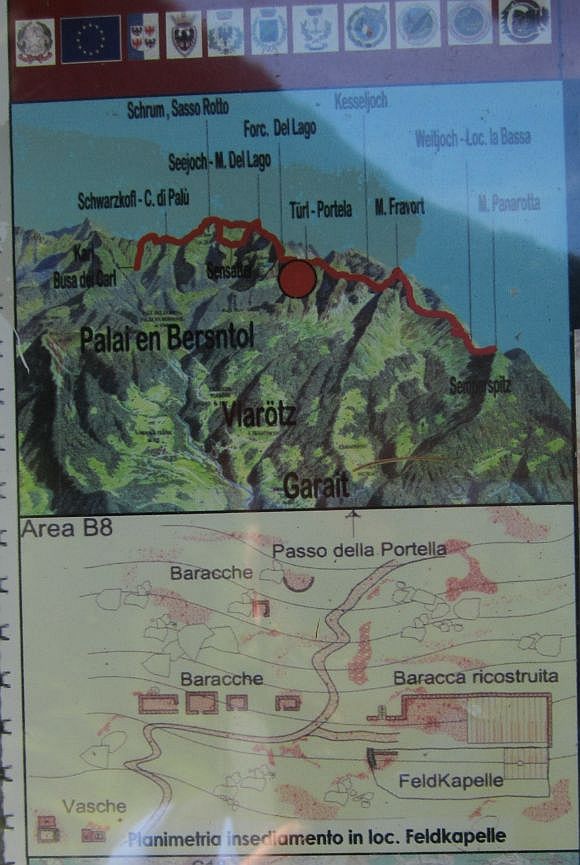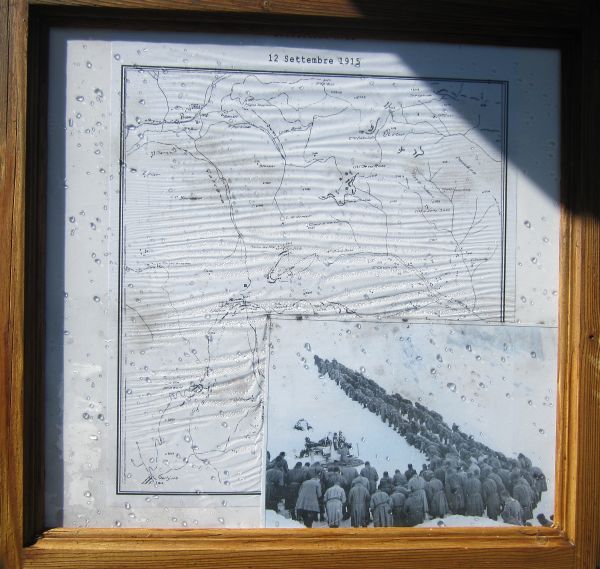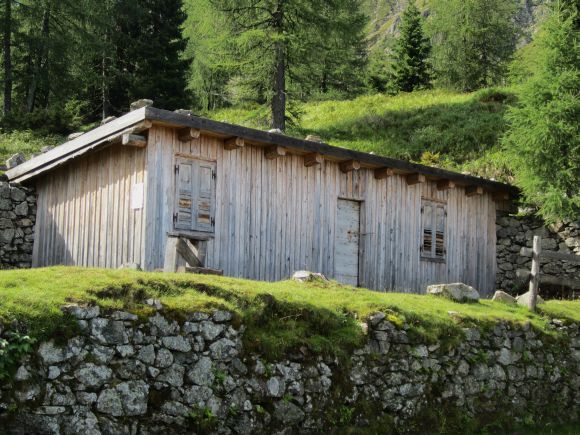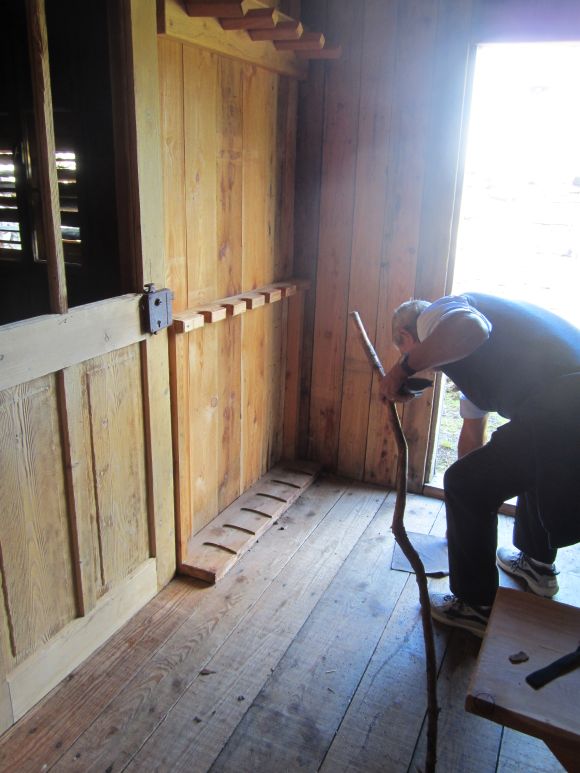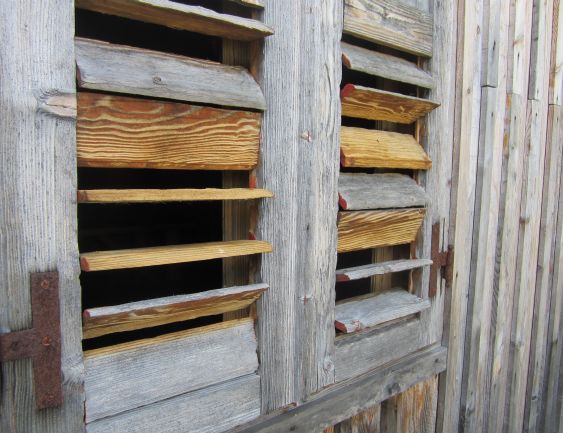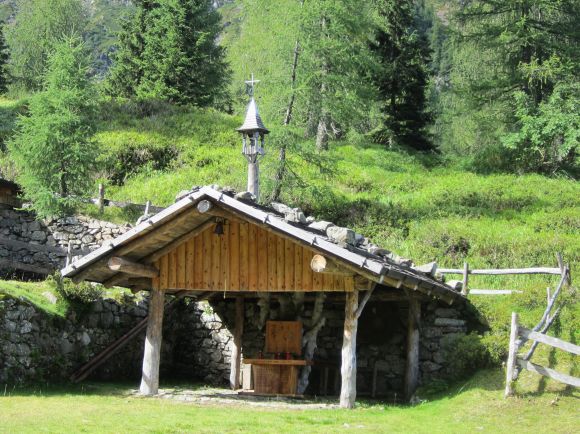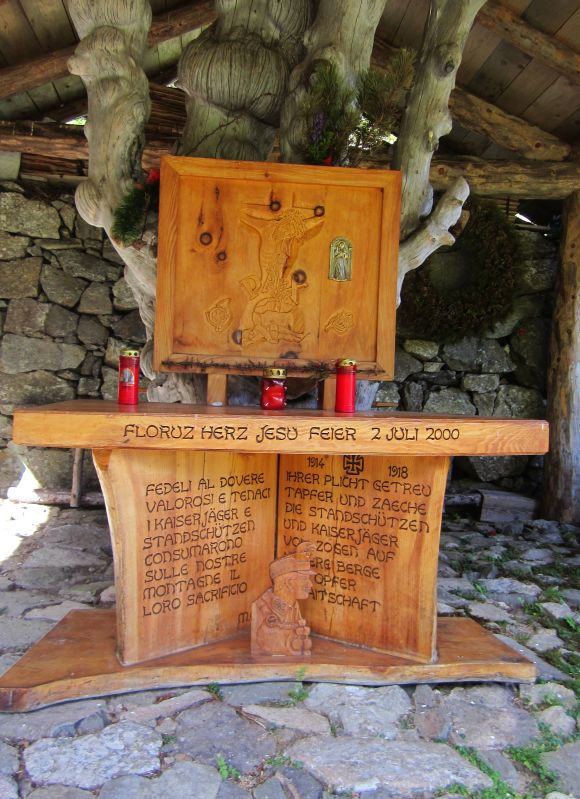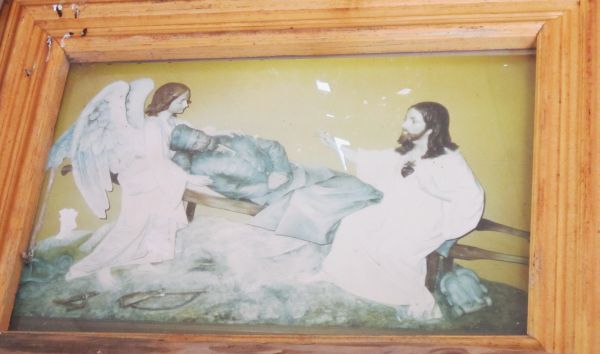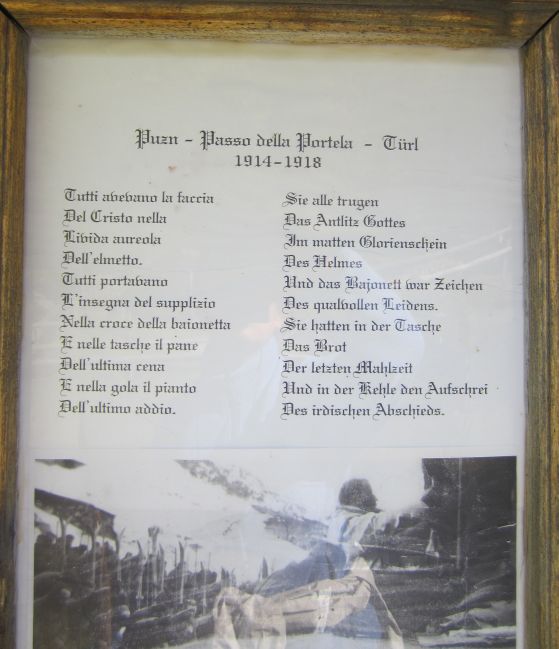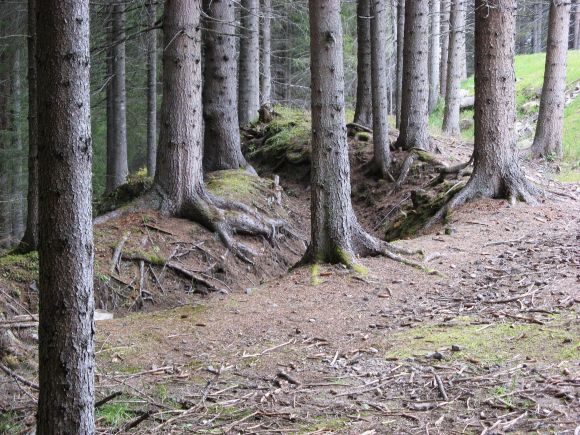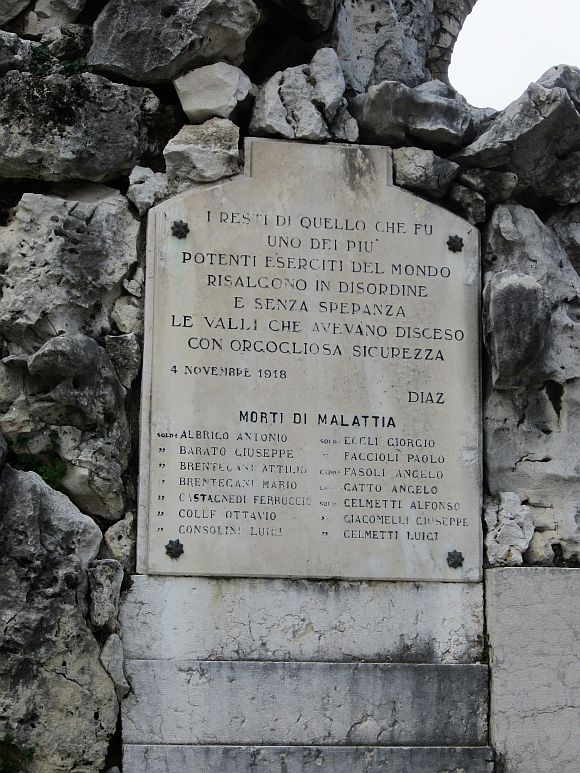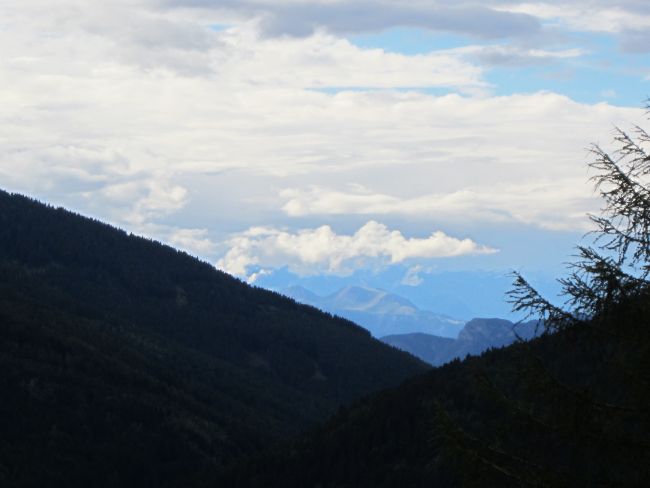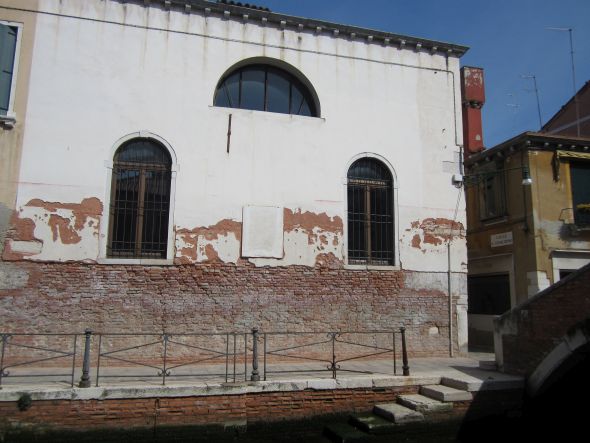
Now that I have pulverized every last fermion of the subject of death in Venice (book, author, phenomenon, movie, original language, salt-free-recipe-for), I’d like to amaze everyone’s questing minds by talking about being born in Venice.
It happens a lot, though not as often as one might wish. But if you really focus as you migrate from gelateria to gelateria, you may notice a number of plaques incised in Italian which include the word “nato” or “nascita” or, if they’re being grammatically fancy, even “nacque.” This means “born.”

Famous people came to Venice to be born? Wonderful!
Even more wonderful is how many famous people there are whom I’ve never heard of (thereby perplexing the meaning of “famous”). But I have just discovered someone whose birthplace I pass numerous times a day, and who, once I stopped and paid attention, I acknowledge as deserving not only his fading testimonial, but probably much more. A park, a lake, a bullet train bearing his name would not be too much. Elsewhere he may well receive more recognition than here; in Venice, honor has always been distributed in very small and carefully eye-droppered quantities. He should be glad he got a plaque.
His name is Carlo de Ghega (or Karl Ritter von Ghega), and after being born in Castello, he went on to do some prodigious things that merit at least a slice of marble nobody notices.
Now that I know who he is and what he did, I am going to tell you, because not all of us have had the benefit of an Austrian elementary-school education. An Austrian friend of mine was very unimpressed that I’d discovered somebody she’d learned about when she was a mere child. But then again, she may not know as much as I do about Stephanie Louise Kwolek, so there we are.
Did I say born in Venice, and he’s Austrian? (Well, yes and no. Actually, his parents were Albanian. That’s the beauty of an empire, in this case the Austro-Hungarian version. Lots of everybody everywhere.) Read on.
First, here is the runic summary of his life, as carved in stone:
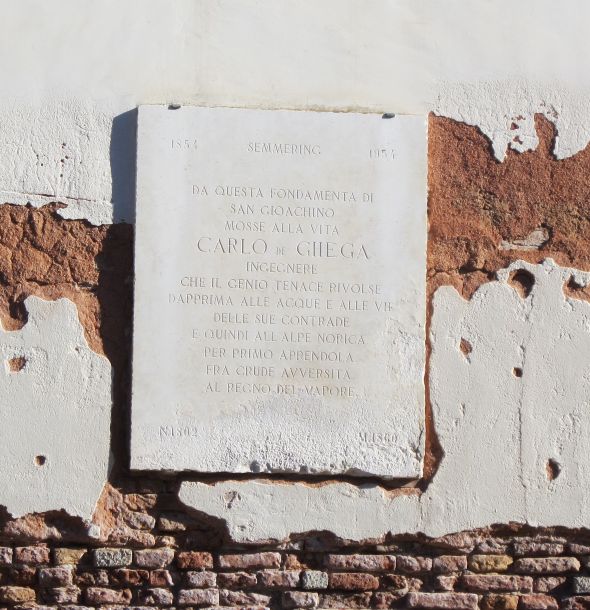
On this fondamenta of
San Gioachino
moved to life (was born)
Carlo de Ghega
Engineer
whose tenacious genius turned
first to the waters and
to the streets
of his neighborhood
and then to the Noric Alps
to open them first
amid harsh adversities
to the reign of steam.
Born 1802 Died 1860
Before I go further, you might want to know that the Noric Alps are a mountain chain between Italy and Austria encompassing the Tyrol, Salzburg and Carinthia.
And in this stretch of peaks and valleys Mr./Signor/Herr/Zoti De Ghega built a railroad known as the Semmering railway, named for the mountain pass it overcame. It is considered the first true mountain railway ever built, and was a feat so phenomenal that it is now on the list of UNESCO World Heritage Sites.
Not everybody believed it could be done. The gradients were too steep (25 percent), the curves were too tight (180 meters/590 feet). It was too complicated, too difficult, demonstrably impossible. In the face of such doubting and carping, it was obvious that he was going to do it. Also, I believe the Austrian emperor had specifically asked him to.
The pass isn’t so high (965 meters/3,166 feet above sea level), but connecting the villages of Gloggnitz and Murzzuschlag appears to have resembled a monumental cat’s-cradle. From 1848 to 1854, 20,000 workers blasted 14 tunnels and built 16 viaducts, 11 small iron bridges, and more than 100 curved stone bridges. All this over a distance of a mere 41 km (25 miles).
“Curved” is the important concept here — there isn’t a straight line anywhere. The curves were so insidious that new instruments and new methods of surveying had to be developed to deal with them. Further — stay with me, this is important — a new locomotive had to be created (the Engerth locomotive finally won out), and which did not rely on anything so simple as a cog-wheel system to drag it uphill.
De Ghega is a celebrity in the world of railway engineering and design, not to mention trains. But what else could one expect of a man who graduated from the University of Padua with a degree in mathematics at the age of 17? Here’s the answer: Being asked (told) to design the entire state railway system of the Austro-Hungarian Empire.
I’m not saying he was a genius because he was born in Castello; you’ve got to be born somewhere. But it probably didn’t hurt him, either. In one way or another, great people keep showing up here.
